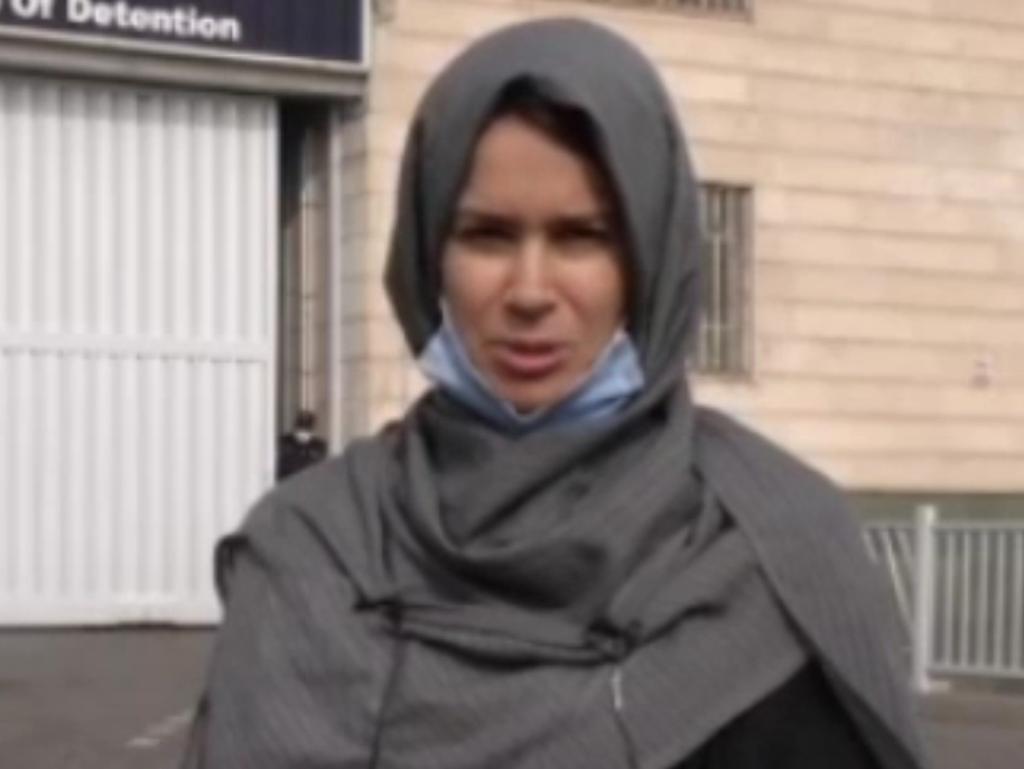Indigenous voice panel split over referendum
Group designing the Indigenous voice is split over government’s ambition to legislate the proposal before considering constitutional recognition.

The prominent group of Aboriginal and non-Aboriginal Australians designing the Indigenous voice to parliament are divided over the Morrison government’s ambition to legislate the proposal before considering constitutional recognition, leaving some members concerned it will kill chances of more significant reform.
Despite the panel being prevented from recommending any constitutional change, The Australian has confirmed some of its members have raised concerns that legislating a voice to parliament without an accompanying plan for a referendum will end any chance of constitutional change and effectively end the Uluru Statement process.
But the group — overseen by Marcia Langton and Tom Calma — has put aside differences to produce proposals for a voice in the form of a body with two representatives from each state and territory and several representatives from the Torres Strait Islands and younger people.
There has also been a consensus that, whatever form the voice takes, it should not be a body that manages money, sources involved in the process said.
A draft design of a voice to parliament, which would enable Indigenous input into policy and legislation that impacts Aboriginal communities, has been finalised and delivered to Indigenous Australians Minister Ken Wyatt. It is expected to be put to cabinet by the end of the year.
In a forthcoming paper to be published in the Indigenous Law Bulletin, Melbourne University constitutional law researcher Cheryl Saunders writes that constitutional change “should come first” because this would “offer more effective impetus for the implementation of change, underpinned by the authority of the Australian people, demonstrated in a referendum vote”.
Professor Saunders argues it would be helpful to prepare draft legislation for the voice before a referendum is held but constitutional change should come first, before the legislation is enacted.
Cape York Institute founder Noel Pearson said his view was that legislation and constitutional enshrinement for the voice had to be linked. But he said the public needed to see what the voice looked like first, have their say and settle on its design.
“I think we can have a really fruitful discussion about the constitutional enshrinement question once we have the design,” Mr Pearson told The Australian.
“Then it’s out in the public and we are not having a debate about third chambers and a scare campaign based on untruths like the one Malcolm Turnbull told.
“If I had been told that this was going to be a third chamber I would be concerned too.
“That was a horrific mischaracterisation by Turnbull, Trumpian in its distortion.”
While the From the Heart campaign has warned it would oppose a voice without a clear plan for constitutional enshrinement, Professor Langton told The Australian last week: “People should wait to see the proposals before ruling support in or out”.
Frank Brennan, the human rights lawyer who helped to co-design the voice, does not support moving directly to constitutional recognition for the voice.
Father Brennan declined to comment on Thursday and referred to his public statements on the issue in which he repeatedly said legislation must come first in order for the voice to work.
“It’s not only sensible but also imperative first to legislate and road test any voice,” Father Brennan said in a speech at the National Aboriginal and Torres Strait Islander Catholic Council in October 2018.
Megan Davis, Balnaves Chair in constitutional law at the University of NSW, described differences of opinion among those who worked on the proposals as unsurprising given what was asked for in the Uluru Statement from the Heart — a voice enshrined in the Constitution.
It was sensible to publicly ventilate the “bricks and mortar” of the voice in consultations with the Australian people before any decisions were made about whether and how to enshrine it in law and the Constitution, Professor Davis said.
She said it was also a commitment of the Morrison government to hold off on deciding what legal form the voice would take until its final design was settled.
“No one has sought the enshrinement of a model (for the voice in the Constitution, only a head of power,” she said.
Mick Gooda, the former social justice commissioner who is also a member of the senior advisory group designing the voice, said the committee worked cooperatively despite “robust discussions” and disagreements but was looking forward to public feedback about the proposals.
“When you get 50 or more smart, passionate people together there’s going to be disagreements but this is about creating something important that’s going to last,” Mr Gooda said.
Mr Wyatt and Mr Turnbull declined to comment.
The Morrison government had intended to hold a referendum on the general issue of constitutional recognition of Indigenous Australians before the next election but delays caused by the pandemic have made this impossible.








To join the conversation, please log in. Don't have an account? Register
Join the conversation, you are commenting as Logout